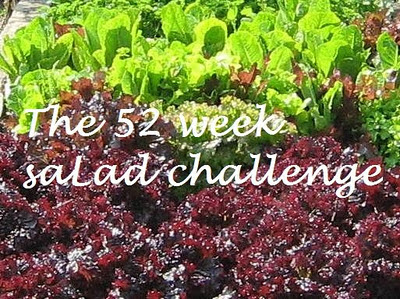Wildflower Wednesday: Jewelweed
I was surprised to find a-new-to-me plant on our walk along the canal at Bradford on Avon recently. It reminded me of the invasive Himalayan Balsam which is well established along many of our waterways, but a bright jewel-like orange instead of gaudy pink? Its ID had me stumped.
Back home I soon found I was at least half way there with my ID. It is indeed another balsam, otherwise known as Impatiens capensis, aka orange jewelweed, or orange balsam.
Whilst it was quite common along our walk, I was pleased to see it's not out competed the other grasses and wild flowers along the canal. According to its entry on the BSBI website, it's not currently considered to have a high ecological impact on our river and canal system, unlike its Himalayan cousin.
However it does also has an explosive seed capsule and buoyant seeds which helps with dispersal. This has resulted in its subsequent spread through our canal and river systems in Southern England. Have you seen it yet?
The website goes on to say it's thought to be a 19th century escapee from cultivation in Surrey, which is slowly spreading and will probably continue to do so because of climate change. Whilst it's considered to be a naturalised invasive here, in its native USA it does have some value in supporting pollinators such as bees, wasps, and hoverflies, and is often pollinated by the ruby-throated hummingbird.
I wonder how many of Gail's Wildflower Wednesday contributors know this plant?
Latin without tears
An update thanks to Diana's comment. I love how readers add more insight:
"Despite its capensis name, it is not ours, and they haven't got around to a new name that fits better."
A little light googling on the meaning of capensis reveals via definitions.net:
"The species name capensis, "of the cape", is actually a misnomer, as Nicolaas Meerburgh was under the mistaken impression that it was native to the Cape of Good Hope, in southern Africa."
Now I'm intrigued why a respected Dutch botanist was mistaken in this plant's origins. As the Dutch have a strong connection with Southern Africa and parts of the USA, perhaps material collected from the two areas were mixed together?
Diana hails from Cape Town and her fine blog is all about gardening for diversity there. A fitting addition to this Wildflower Wednesday post, thanks Diana!












I love it, so do hummingbirds...and I sure wish it was moist enough to be happy in my garden. So glad you shared it with us. xo
ReplyDeleteI'm so envious you have humming birds in your garden Gail
DeleteI want this in my garden! I have area along a creek where it would be happy and the pollinators would love it.
ReplyDeleteThat sounds perfect Karin :)
DeleteDespite its capensis name, it is not ours, and they haven't got around to a new name that fits better. Beautiful colour!
ReplyDeleteI hadn't twigged the meaning of capensis Diana! I must add a Latin without tears postscript to the post. Thanks for the insight :)
Delete